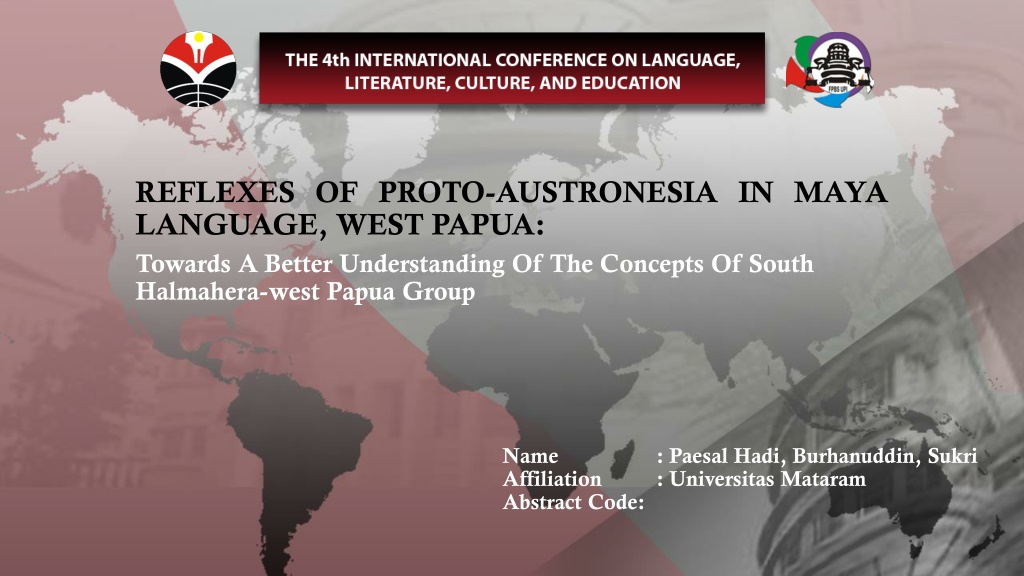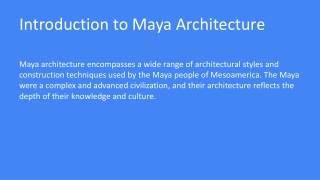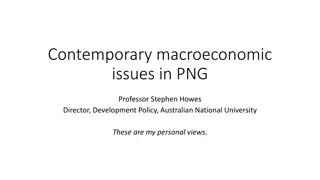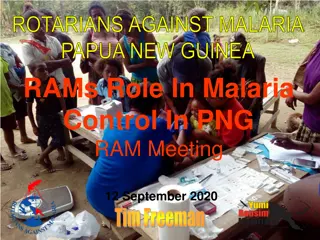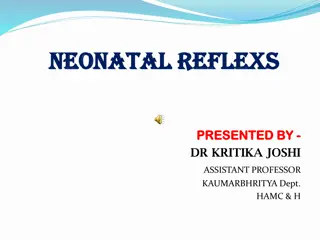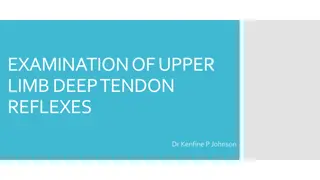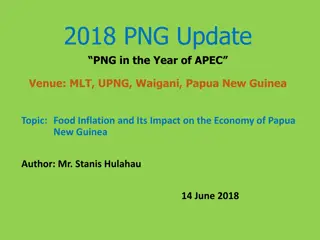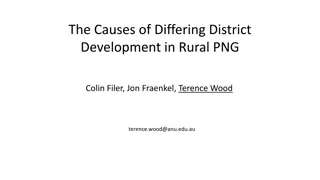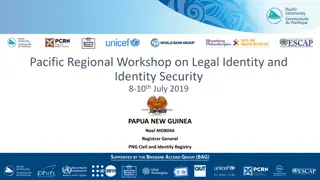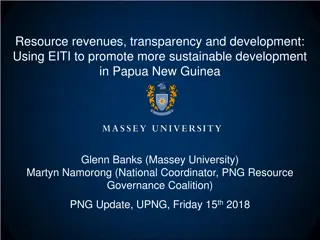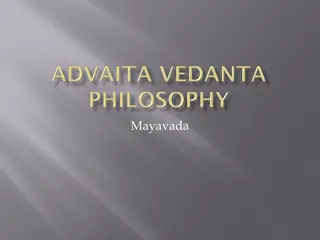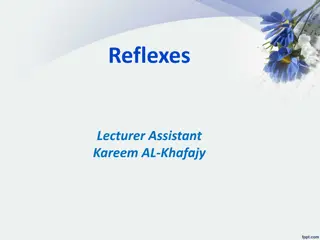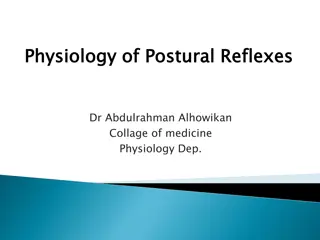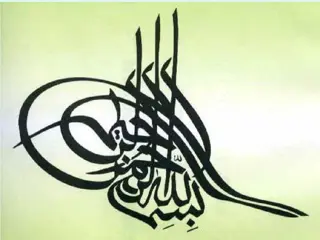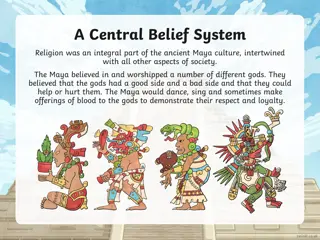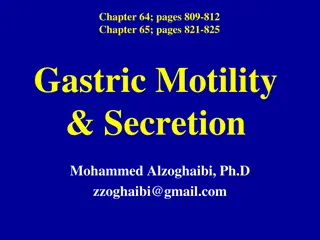Understanding Proto-Austronesian Reflexes in Maya Language of West Papua
Maya language, spoken by the Maya community in Waigeo Island, West Papua, is related to South Halmahera languages. This research aims to identify phonological features of Maya as part of this subgroup. Contradictory opinions exist regarding the concept of South Halmahera-West New Guinea. The study analyzes 700 vocabularies in Maya to explore PAN phonemes and their changes, including retention, innovation, and vowel transformations. Findings suggest regular and irregular changes in phonemes, shedding light on the linguistic characteristics of Maya within the Austronesian language family.
Uploaded on Nov 14, 2024 | 0 Views
Download Presentation

Please find below an Image/Link to download the presentation.
The content on the website is provided AS IS for your information and personal use only. It may not be sold, licensed, or shared on other websites without obtaining consent from the author. Download presentation by click this link. If you encounter any issues during the download, it is possible that the publisher has removed the file from their server.
E N D
Presentation Transcript
REFLEXES OF PROTO-AUSTRONESIA IN MAYA LANGUAGE, WEST PAPUA: Towards A Better Understanding Of The Concepts Of South Halmahera-west Papua Group Name Affiliation Abstract Code: : Paesal Hadi, Burhanuddin, Sukri : Universitas Mataram
INTRODUCTION 1. Maya language is used by the Maya community of Waigeo Island, Raja Ampat in West Papua Province (Lapintol). 2. Historical relationship, Maya is included in the Raja Ampat group and is related to South Halmahera languages 3. This research was conducted because there are differences of opinion regarding the concept of the South Halmahera-West New Guinea. 4. This study aims to identify the phonological features of the Maya language as a member of this subgroup.
Review Literature 1. Adriani and Kruyt (1914); Blust (1993); Ross (1994); and Kamholz (2014) have a different opinion regarding the concept of the South Halmahera-West New Guinea. This contradiction implies that the concept or characteristics of the South Halhamera- West New Guinea (SHWNG) are still unclear. 2. None of these studies have tested this hypothesis in Raja Ampat languages (including in Maya), except for Burhanuddin's study (2019) in South Halmahera languages. Methods 1. Data on 700 vocabularies in Maya were collected using the interview method, from 3-5 speakers. 2. Data were analyzed using the comparative method, according to the working principle of historical linguistic studies
Findings and Discussion 1. The PAN phoneme is experiencing retention and innovation, each of which is regular and irregular. 2. The concept of * p being / f / and * e becoming / o / occurs in Maya, for example: Gloss PAN Maya bat *paniki afuiq full *penuq fon when *pica afisa six to listen to swallow *enem *de eR *tilen n m md n q colon
Findings and Discussion 3. The concept of losing a vowel in regular ending positions, only in * u and * a: Gloss PAN lice *kutu to ask *kutana house *Rumah Maya ut utun wum 4. Vowels in the initial position do not disappear, including * e and * a becoming / e / in the final syllable does not occur in Maya. 5. The Concept *a/_# become: ya- not finding. 6. The concept of * j becomes / s / less relevant because * j becomes / j /, / s /, and / h / regularly. 7. The concept of the merger * k, * q, * h, * H becomes: / / not completely correct.
Conclusion 1. Some Proto-Austronesian (PAN) phonemes in Maya have experienced retention and innovation. Both retention and innovation are regular and irregular. 2. A PAN phoneme can change regularly and irregularly, for example * p in the initial position, apart from experiencing retention, also becomes / f /, while in the final position it is irregular. In addition, a PAN phoneme whose changes were only found to be irregular, for example * c, * b, * d, and so on. 3. If it is related to the concept of the South Halmahera-West New Guinea Subroup by experts, it is found that several concepts are relevant in Maya, while some are not relevant. 4. In this regard, the concept of the SHWNG Subgroup needs to be reformulated through a more intensive study of all languages belonging to this subgroup.
References 1. 2. Adriani, N., dan Alb. C. Kruyt. 1914. De Bare e-sprekende Toradjas van Midden-Celebes. Batavia: Landsdrukkerij. Badan Bahasa. 2008. Bahasa dan Peta Bahasa di Indonesia. Jakarta: Kementerian Pendidikan dan Kebudayaan RI, Badan Pengembangan dan Pembinaan Bahasa. Blust, Robert A. 2013. The Austronesian Languages. Revision Edition. Canberra: Pacific Linguistics. Blust, Robert A. 1993. Central and Central-Eastern Malayo-Polynesian. Oceanic Linguistics Journal, 32(241-293). Blust, Robert A. and S. Trussel. 2015. Austronesian Comparative Dictionary.Available online at ww.trussel2.com/ACD . Burhanuddin, Sumarlam, dan Mahsun. 2019. The Complexity of Phonological Change in South Halmahera Languages. Jurnal Dialectologia, 7(22), 1-16. Burhanuddin, Mahyuni, dan Sukri. 2019a. Response to Adriani and Kruyt (1914) Hypotesis: About South Halmahera-West New Guinea Feature. In Advances in Social Science, Education and Humanities Research (ASSEHR), volume 138: 91-95, Proccedings The Sixth International Seminar Prasasti, 7-8August 2019,Atlantis Press. Burhanuddin, Mahyuni, dan Sukri. 2019b. Refleks PAN ke Bahasa Taba: Langkah Awal Menguji Hipotesis Adriani dan Kruyt (1914) . Jurnal Leksema, 4(2): 85-96. Burhanuddin. 2017a. Reflex PAN to Buli in North Maluku. In Advances in Social Science, Education and Humanities Research (ASSEHR), volume 148:, Proceding Sixth International Conference of Language and Arts (ICLA 2017), 20-21 October 2017, Atlantis Press. Burhanuddin. 2017b. Internal Innovation of Taba In Northern Maluku Historical Linguistics Perspective. Dalam Jurnal Humanus, XVI (2): 239-247 Kamholz, David Christopher. 2014. Austronesians in Papua: Diversification and Change in South Halmahera-West New Guinea. Disertasi for Doctor of Philosophy. Berkeley: University of California. Lewis, M. Paul dkk, ed. 2016. Ethnologue: Languages of the world. 17thedition. Dallas, Texas: Summer Institute of Linguistics, Inc. Ross, Malcolm D. 1994. Some Current Issues in Austronesian Linguistics. In Darrell T. Tryon (ed.) Comparative Austronesian dictionary, pp.45-120. Berlin: Mouton de Gruyter. 3. 4. 5. 6. 7. 8. 9. 10. 11. 12. 13.
